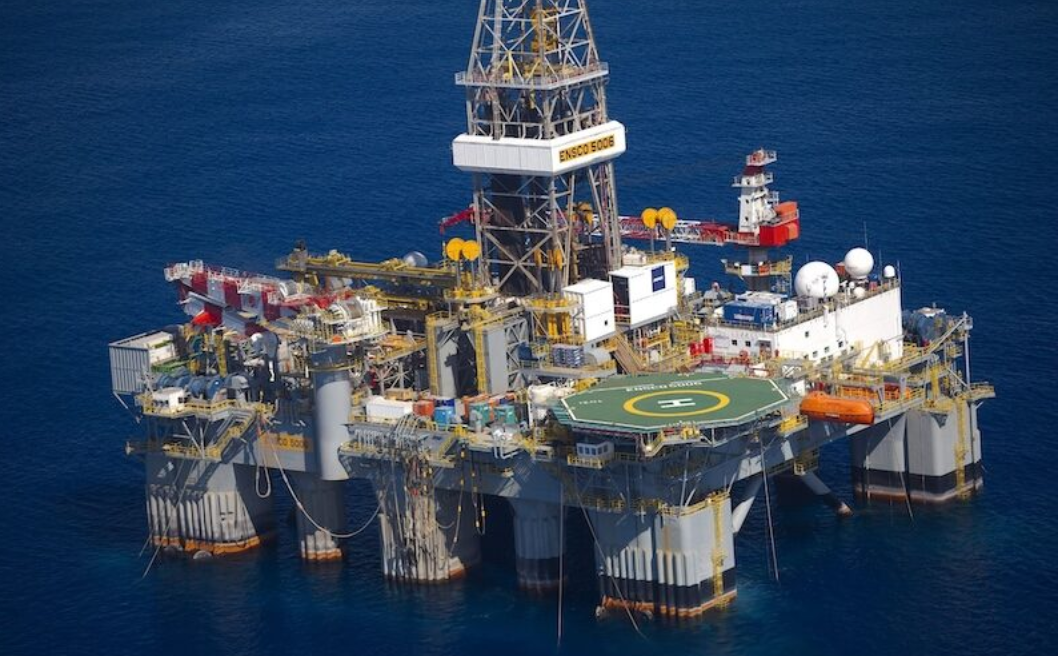Update on Northern Territory Gas Developments
This update deals with three gas developments in the Northern Territory under the headings of Beetaloo Basin, Middle Arm, and Barossa.
Beetaloo Basin Gas Fracking Development
The Beetaloo gas reserves are massive. This item from the ABC News says "it is estimated there is enough shale gas to power Australia for 300 years". The emissions from these reserves are also massive, both to Australia's GHG emissions account (from burning the gas domestically, fugitive methane emissions, processing gas for export and shipping) and the emissions account in an importing country when the gas is burnt.
The two main companies involved with fracking the Beetaloo basin are Tamboran Resources and Empire Energy.
Tamberan is the most advanced toward delivering gas from fracking into existing pipelines.They commenced last year and plan to deliver "well appraisal" gas in 2024.
Tamboran Resources’ description of their Beetaloo project is HERE and a January 2024 statement is HERE.
Empire Energy also expects to deliver gas in 2024. Their description of the project is HERE and a January 2024 interview with a spokesperson is HERE.
Neither Tamboran nor Empire require any further approval to deliver "well appraisal" gas into the existing Mcarthur River Power Station and Amadeus Pipelines. These pipelines are small and new bigger pipelines would be required to send the Beetaloo gas to Darwin or the East Coast for export.
The fracking process involves drilling thousands of wells through the water table in Beetaloo Basin aquifers that supply water to the NT rivers and domestic water supplies. In the process of extracting the gas, millions of liters of water laden with thousands of tonnes of chemicals will be pumped through those wells and aquifers.
In December 2023, environmental groups (including BCCAG via the BGN) were successful in having the government amend the EPBC Act to include the production of gas from fracking. This is referred to as "water trigger" and just how this will work out is a work in progress.
Apart from the serious water water supply and water contamination issue, the GHG emissions from Beetaloo have been ‘significantly underestimated’ in a report commissioned by the NT government HERE. The paper from Climate Analytics is HERE.
The NT government received $Ms of taxpayers money under the previous coalition government to build roads, infrastructure and exploration drilling incentives. While the current government has not committed to new subsidies for Beetaloo Basin gas development, some of these subsidies have been paid in the past 2 years - for roads HERE and gas well drilling HERE.
Middle Arm Sustainable Development Precinct
In the run up to the May 2022 Federal Election, the ALP matched an "election promise" of the then Coalition government of a $1.5B subsidy for what is now referred to as the "Middle Arm Sustainable Development Precinct". The $1.5B has increased to $1.94B HERE.
The major development is the construction of a shipping facility to accommodate LNG tankers, The claim that it includes facilities for renewable energy is greenwashing. It is all about a facility for LNG exports. This was exposed through FOI revelations HERE.
There is now a proposal for a further $2B in taxpayers subsidy with a tag of Carbon Capture and Storage (CCS) as part of the Middle Arm development HERE. An investment decision by Santos on the Bayu-Undan CCS project is more than a year away, so how this will all work out is unknown.
In September 2023, environmental groups (including BCCAG via the BGN) were successful in having the government set up a Senate Inquiry with a reporting date of April 2024. The Terms of Reference are HERE.
The viability of Middle Arm Sustainable Development Precinct is clearly a work in progress with no viability without $Bs of taxpayers support.
Barossa
The Barossa project was purchased in 2020 by a consortium of Santos 50%, SK E&S 36.5%(South Korean), and Jera 12.5% (Japanese) from another consortium including ConocoPhillips. Due to the high CO2 content of the gas the project has been described as an “emissions factory with a gas by-product” It is projected to produce 1.5 tonnes of CO2 for every tonne of LNG shipped.
Japanese Interests in LNG Supply Security
Japan has substantial interest in securing a reliable long term LNG supply from Australia. This interest is much wider than the three NT gas projects above.
Currently Australia supplies close to half of Japanese LNG imports.
How Japan is exerting its influence on Australian gas policy and projects is reported HERE.





